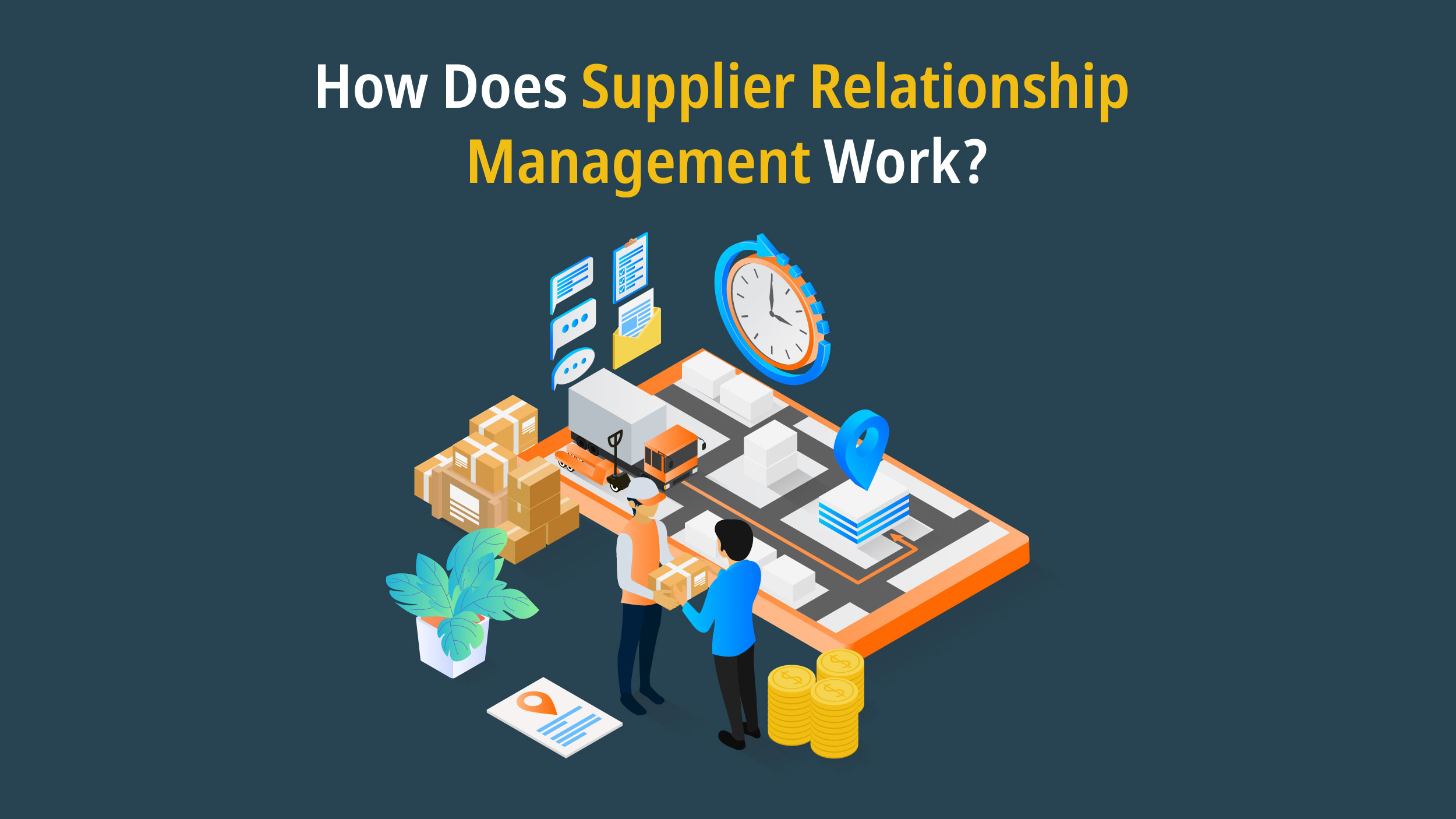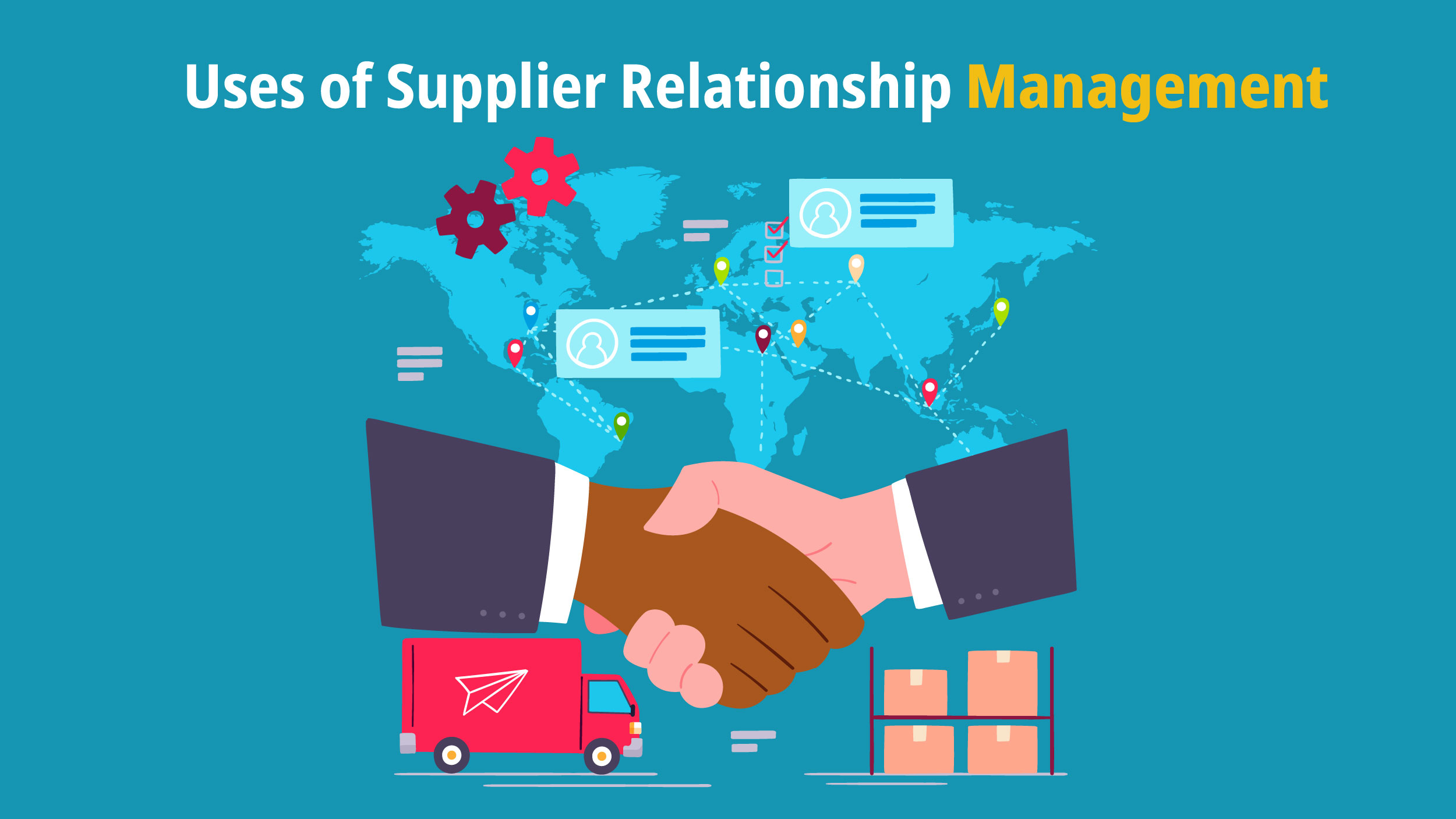Businesses around the world may have many supplier relationship challenges. Supply chain disruptions, underperformance, and rising costs can kill a business. According to reports, about 85% of companies face supplier disruption.
Moreover, supply chain disruptions can cost organizations an average of $184 million a year globally, making them financially disastrous. Supplier Relationship Management (SRM) offers an alternative in this situation. To overcome these obstacles and improve business outcomes, supplier relationship management (SRM) is a systematic approach to managing and optimizing supplier relationships. Let’s learn more about it.
What Is Supplier Relationship Management?
An organization can assess and form partnerships with suppliers of products, materials, and services by using supplier relationship management, or SRM. It all comes down to determining how each supplier has contributed to our success and developing plans to raise their level of performance.
You may have also heard of supply chain relationship management. Basically, SRM helps us figure out the value each supplier brings and which ones are super important for our business to keep running smoothly. Knowing how crucial each supplier is helps us build better relationships with them.
SRM is one facet of supply chain management, but it is a significant undertaking for experts who frequently interact with suppliers. SRM is useful whether you work in operations, project management, or procurement.
So, this combo of systems and user prompts is here to help our assistant sound more human-like while still sticking to the facts and keeping things accurate.
How Does Supplier Relationship Management Work?

SRM working principle can be dissected in four steps including:
Segment Suppliers:
- Identify and categorize all suppliers based on their importance to your business.
- Ensure key suppliers receive the appropriate level of attention.
Develop a supplier management strategy and framework:
- Create a strategic plan for managing each supplier or supplier category.
- Prioritize the most critical suppliers first.
- Align business strategy with processes and assign stakeholders to meet business goals.
- Establish a governance and performance management framework.
Establish or update vendor relationships:
- Communicate your SRM plans, strategies, and initiatives with key suppliers.
- Strengthen relationships and gain insights for mutual success.
Execute the SRM strategy:
- Ensure responsible executives or managers implement the SRM strategy.
- Monitor progress and identify potential issues in the strategy or its execution.
Also Read: Fourth Party Logistics: Advantages and Disadvantages
Uses of Supplier Relationship Management

Check out some key uses of SRM:
- Developing Positive Relationships: SRM is essential to establishing a good rapport with suppliers. It entails evaluating their contributions to the company and figuring out which providers have the biggest influence on the outcome.
- Enhancing Business Processes: Supplier Relationship Management (SRM) directs the actions that must be taken with each supplier, much like Customer Relationship Management (CRM) does with customers. Improving business procedures between the company and its suppliers is the ultimate objective.
- Supply Chain Management: Within the supply chain, SRM is extensively used in project management, operations, and procurement. It aids in the assessment of suppliers’ contributions, the identification of strategic value, and the creation of supplier scorecards that take performance into account.
- Reducing Supply Chain Disruptions: By implementing a robust SRM program, organizations can better forecast and manage supply chain disruptions caused by product or service quality, dependency, and price fluctuations.
- Enhancing Performance Monitoring: SRM enables organizations to monitor suppliers’ performance and strategy execution in real-time. This means establishing key performance indicators (KPIs) and success metrics along with using supplier management dashboards.
- Optimizing Efficiency: Effective SRM implementation can result in decreased wholesale costs, increased productivity, and the removal of supply chain redundancies. It gives businesses the capacity to make use of their connections with suppliers to increase value and profitability.
What are the Benefits of SRM?
Cost Savings
- Establishing relationships with vendors involves initial costs but leads to long-term savings.
- Cooperative relationships reduce availability issues, delays, and quality problems, benefiting customers.
Greater Efficiency
- Strong supplier relationships prevent communication issues and build trust.
- This leads to a smoother supply chain with fewer disruptions and faster issue resolution.
Less Price Fluctuation
- SRM helps set stable prices for materials, protecting against market volatility.
- Vendors may offer fixed pricing for long-term contracts.
Continuous Improvement
- Mutually beneficial connections foster trust, feedback, and idea exchange.
- Improved communication enhances efficiency, streamlines processes, and boosts customer service.
- Project management software can support these improvements by connecting ordering and inventory control.
Supplier Relationship Management Challenges
Even with great supplier relationship management in place, there are still risks and challenges to watch out for.
- Supplier diversity: It’s great to have strong relationships with a select few suppliers. But it’s also important to recognize the risks of relying solely on one vendor. Luckily, with the help of SRM software, you can streamline the time-consuming administrative tasks of managing relationships. This means you’ll have more time to nurture new 1:1 relationships and bring on additional vendors.
- Avoiding misalignment is key: Suppliers can sometimes become competitors or change their business models, which can throw off the terms and prices you agreed upon. This can be a bit awkward, especially if you’ve built close and friendly relationships. So, it’s crucial to be prepared for these scenarios by establishing diplomatic communication and negotiation plans.
- Overcoming obstacles and ensuring continuity: From global politics to pandemics and weather crises, we’ve learned that anything can happen in the world of supply chains. While strong supplier relationships provide some level of security, they’re not a magic solution. That’s why it’s essential to leverage AI-powered solutions and technologies that help you manage data, anticipate potential issues, and have contingency plans in place.
- Navigating visibility challenges: While supplier relationship management offers insights into supplier operations, it’s impossible to have complete visibility. Striking the right balance between trust and technological aids like blockchain, IoT sensors, and GPS tracking can help you maintain a clear line of sight without infringing on the supplier’s autonomy.
The aim of this combination of system and user prompts is to optimize the assistant’s ability to refine the text into a more human-like version while strictly adhering to the original content’s intent and accuracy.
End Pointers
Supplier Relationship Management (SRM) is key to building good relationships with suppliers and improving processes and the supply chain. We’ve looked at all the uses of SRM, including reducing supply chain disruptions, performance monitoring, and cost reduction. By having a good SRM program, organizations can manage their supplier relationships, get more from their suppliers, and get mutual benefits. SRM is not just transactional; it’s a strategic framework to build long-term relationships with suppliers and get better business outcomes.




